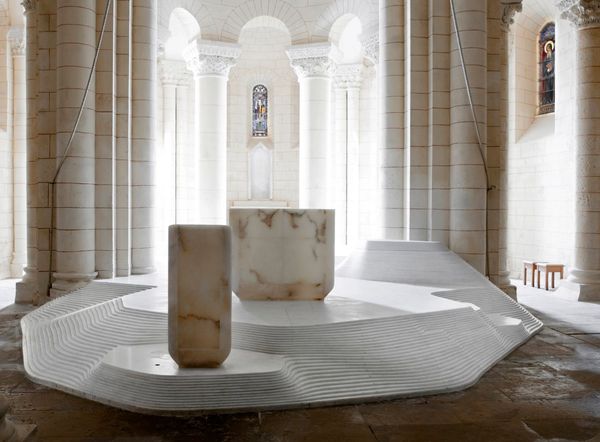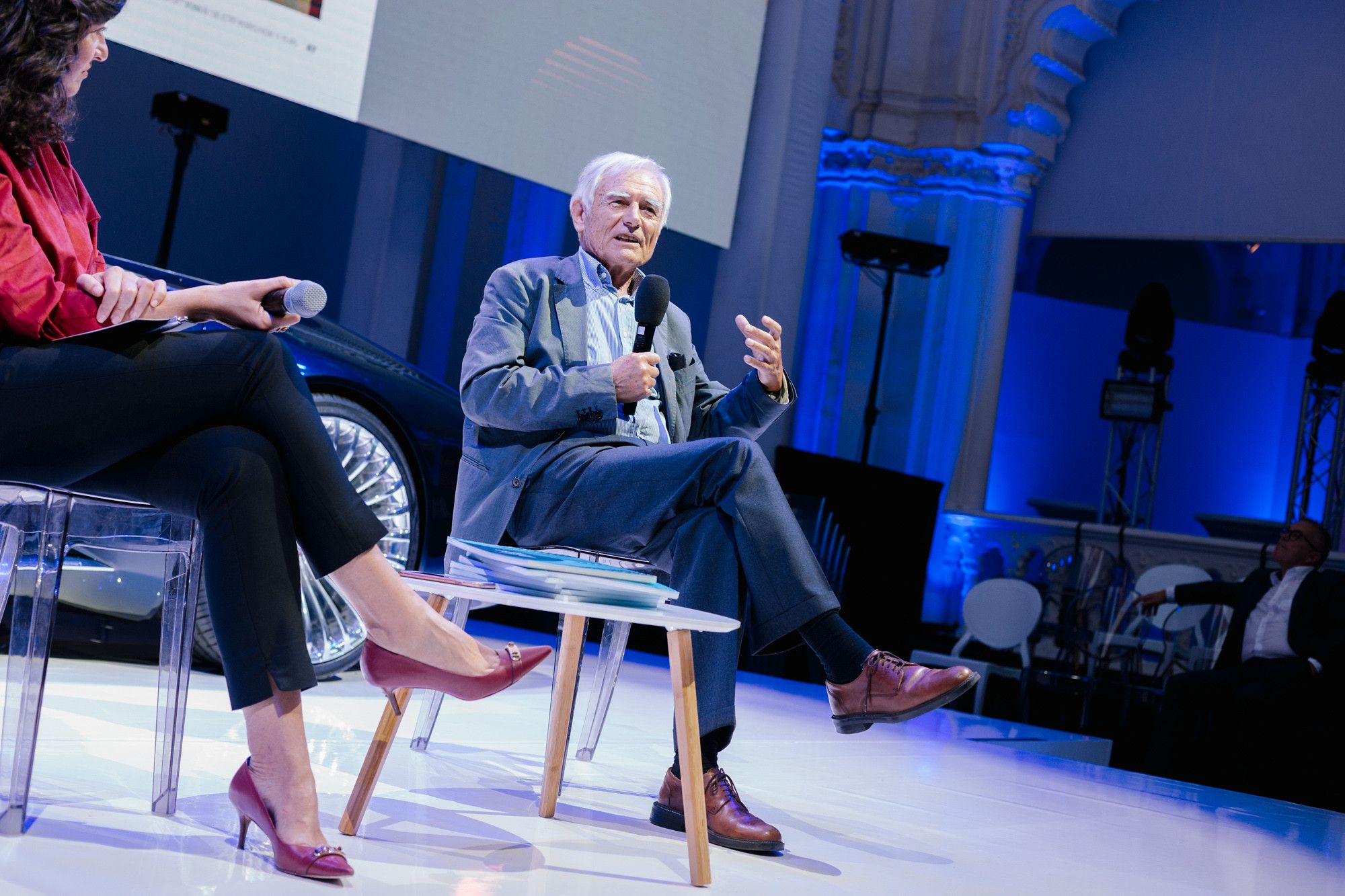This February, MOME awarded its outstanding talents for the second time. The Stefan Lengyel Excellence Scholarship was brought to life by the Foundation for Moholy-Nagy University of Art and Design in 2020. In addition to delivering a material reward to remarkable talents, it also focuses on advancing students’ industry competencies and practical experience.
In this new four-part series we will guide you through some of our favorite entries from the Stefan Lengyel Excellence Scholarship. Join us to discover the projects of the students from the Institute of Theory!
About the Stefan Lengyel Excellence Scholarship
Each student at the university automatically participated in the program with a piece of work produced during the semester. Students competed with projects from different courses, but all were closely linked by the competition’s criteria. Two students from each major and year group were selected as finalists based on the votes of their peers and professors. In the final round, the students presented a concept for the further development of their original plans. When evaluating the projects, the jury members, the university leaders, and external experts also considered social and cultural value creation, professional innovation, or economic usefulness.
Professor emeritus Stefan Lengyel, the eponym of the scholarship, sees the program as an excellent opportunity for the different disciplines to get to know each other’s work and even to develop a cross-disciplinary dialog between both teachers and students. The winning entries cover a wide range of topics. In addition to ecological sustainability and responses to various social issues, theoretical studies have also gained the confidence of the jury. Let’s see some of our favorite projects!
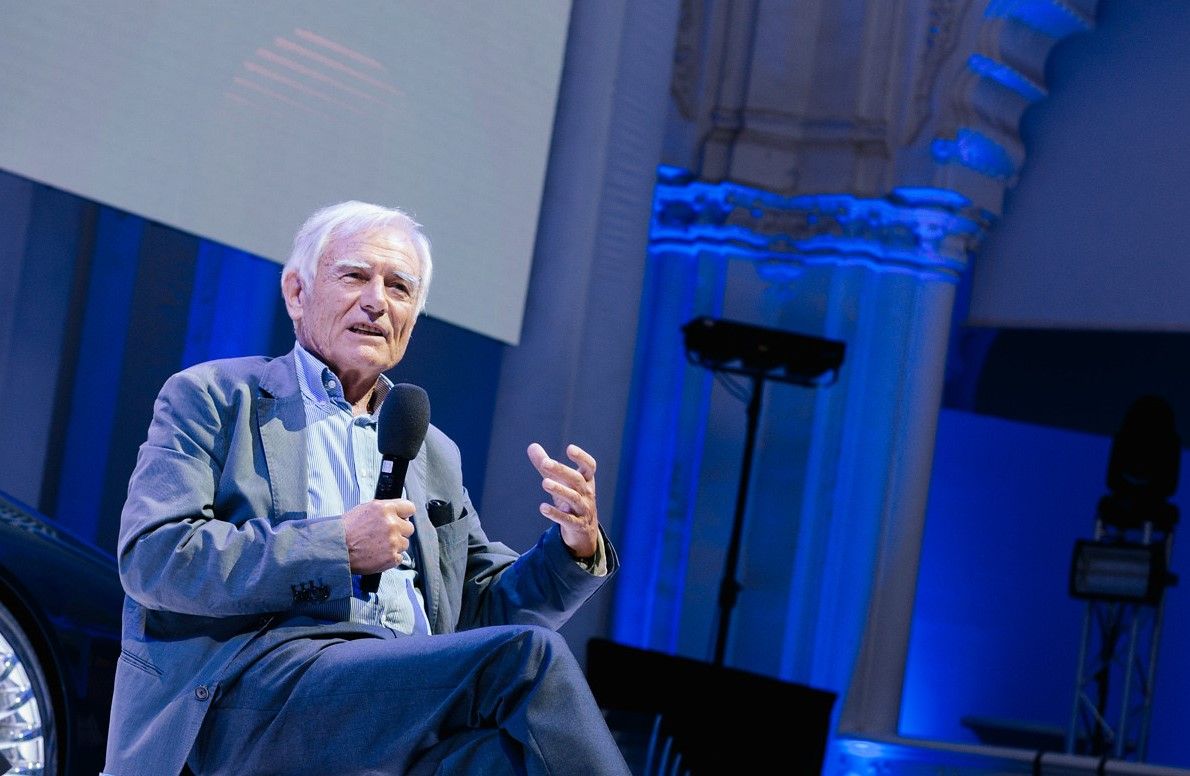
Paula Fényes I Art and Design Management MA1
Paula Fényes, a first-year Master of Art and Design Management student, has rethought the MOME Fair, which has a long tradition within the university. In September 2021, she took the program series under her wing for the third time. Paula’s responsibilities include operational and managerial tasks: she holds the organizing team together and keeps in touch with the design students. The first Christmas MOME fair organized under their “authority” at the MANYI—Kulturális Műhely (Cultural Workshop) was a great success, as confirmed by customers and vendors’ feedback.
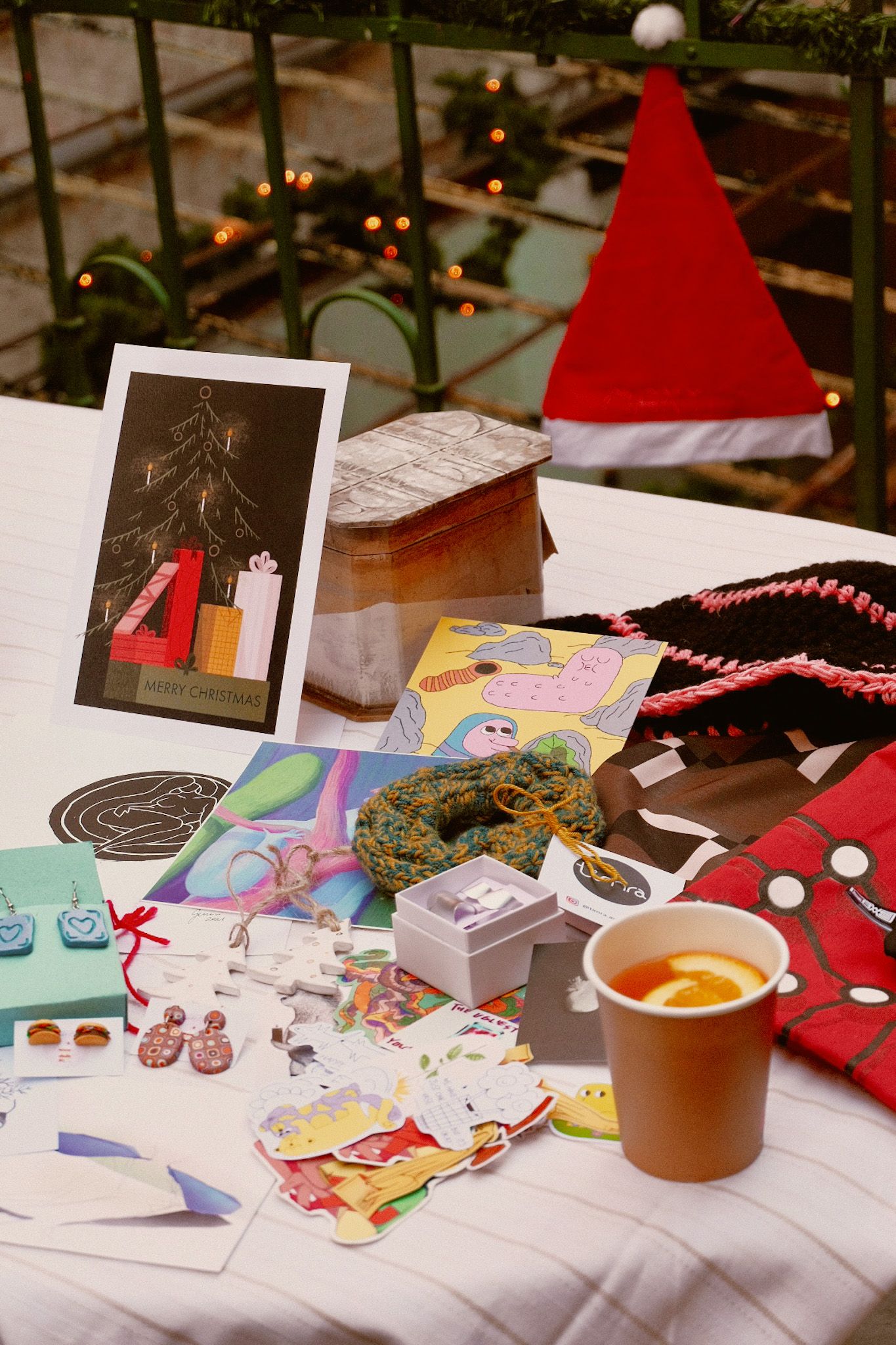
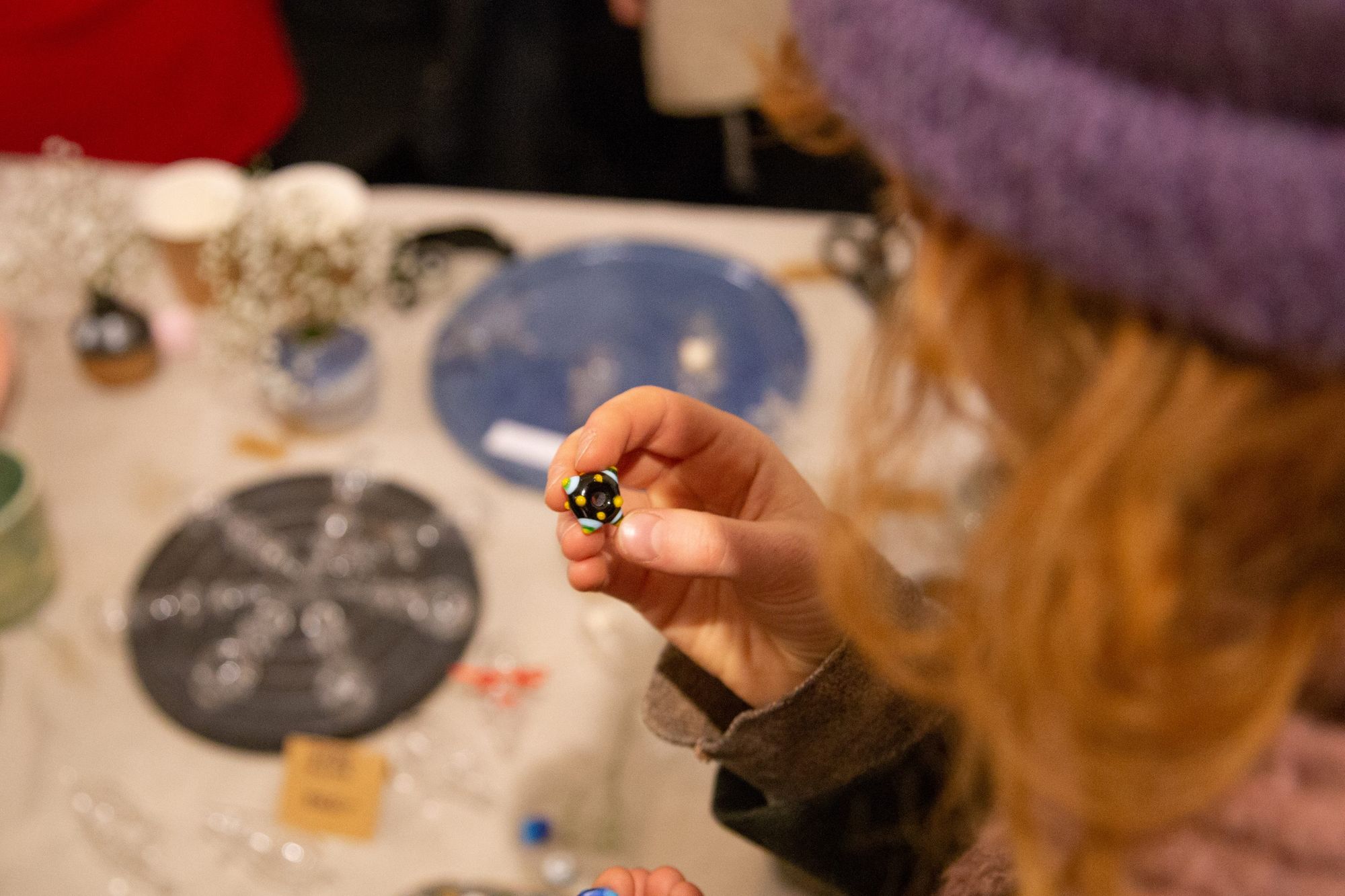
We can also feel that the growing ecological crisis is reinforcing the criticism of consumer society, which may also lead to a shift towards small-scale or artisanal products. The age of mass-produced, impersonal objects seems to be coming to an end, and design fairs are in their heyday, and the MOME Fair resonates very well with this.
“I think of the MOME Fair as an evolving brand: a unified image and concept is emerging, which we are trying to incorporate into our communication. I believe it is important to present the participating artists online before the fair,” says Paula about the project.
Paula also highlighted the benefits of the project compared to other design fairs. Here, young artists can participate, the fair does not work on an invitation-only basis and the creators don’t have to pay a high table rental fee either. It is a great platform to gain helpful experience for designers who don’t have yet their own brand but are about to launch one.

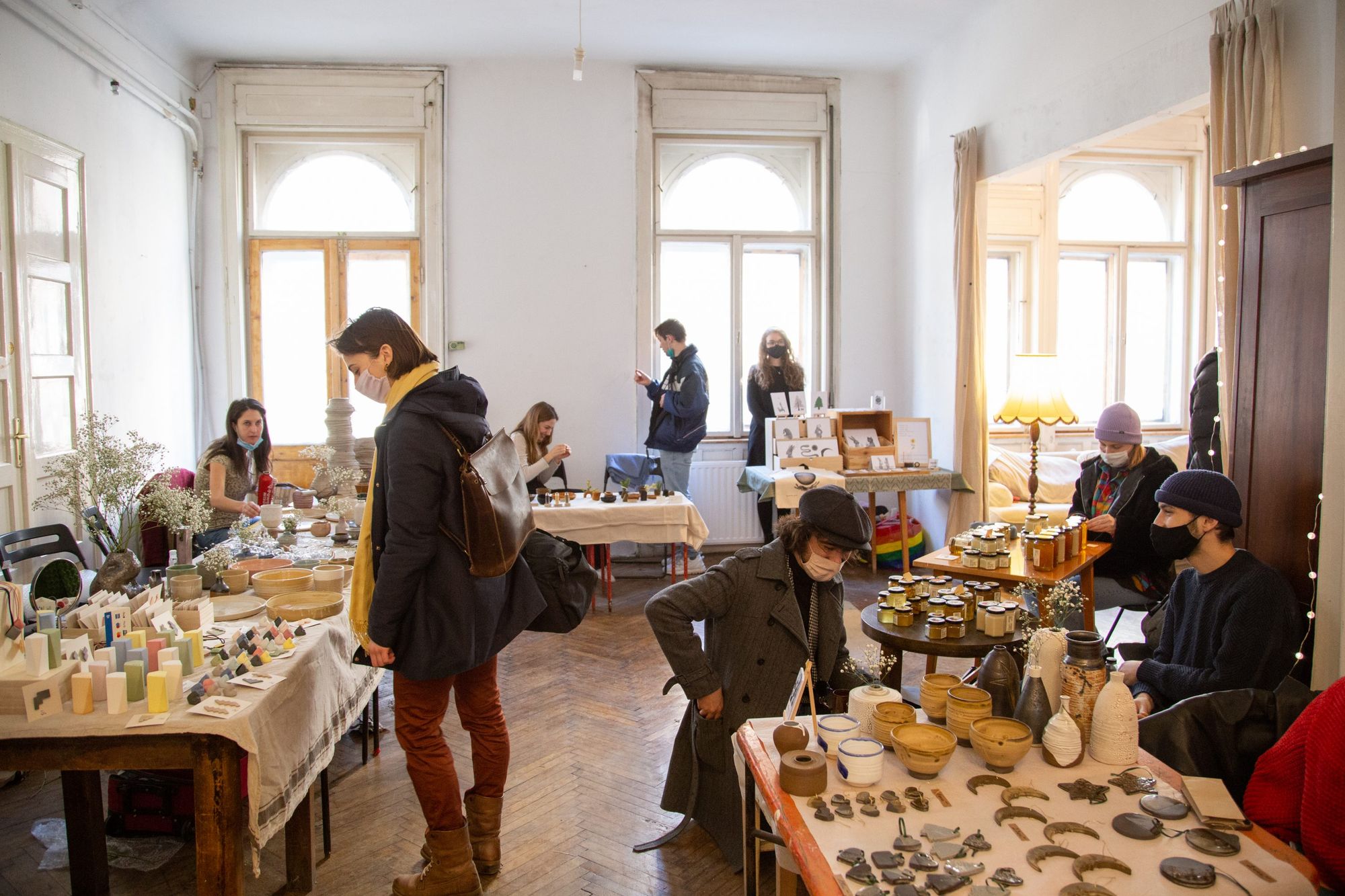
At most domestic fairs, there is relatively little diversity; you can often meet the same players. The vendors at MOME’s fair are always drawn from active students, giving the fair a unique position on the scene with its constantly renewed and exciting concept.
Future cooperation opportunities include creating collaboration and sponsorship opportunities for design students. The organizing team plans to structure the spring fair more consciously, with more accompanying educational programs (workshops, round-table discussions, installations) making it even more colorful.
Noémi Tendli I Design and Visual Art Teacher MA1
Noémi Tendli became familiar with the world of contemporary design already before she started her studies in the Design and Visual Art Teacher program. She first studied industrial product and design engineering, then fashion and textile design. Already at that time, her work focused on the footwear industry and the exploration of individual motivational pathways as well as the development of abstract thinking. In her teacher training thesis, she aims to create the methodology of these. This year’s first-semester teaching experience has also been a valuable source of inspiration for her.
Getting to know the Csillagház school, where mentally and physically disabled students can receive an arts education suited to their needs, played a key role in her application. Noémi learned about their project tasks, lesson plans and the largely self-invented and self-made tools that help and support them in their creative work. These aides are subject to significant and frequent use. Coming from the object design field, it was this time when she decided that she wanted to participate in the development of new, more economical and practical solutions. Noémi, however, does not wish to create new objects, but to repair old, proven tools, developing more economical and simple ways to replace worn parts and objects. During her next internship, she wants to help the school with new ideas and methodological approaches.
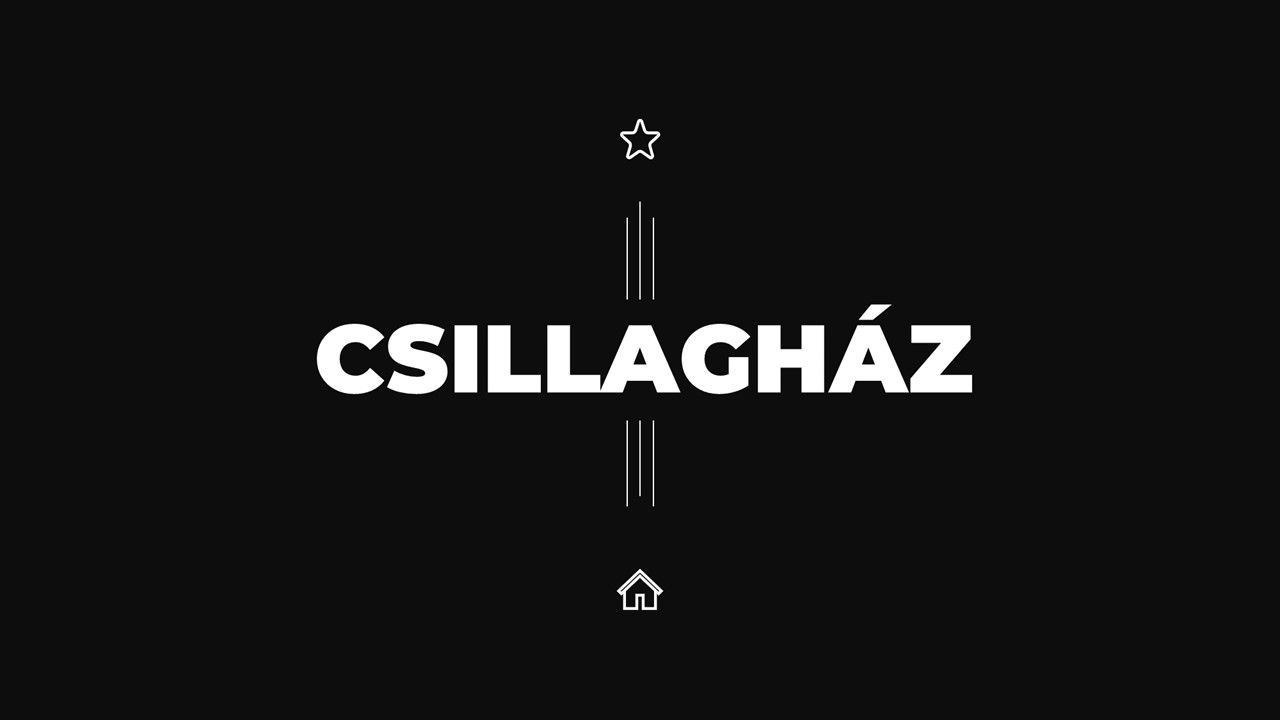
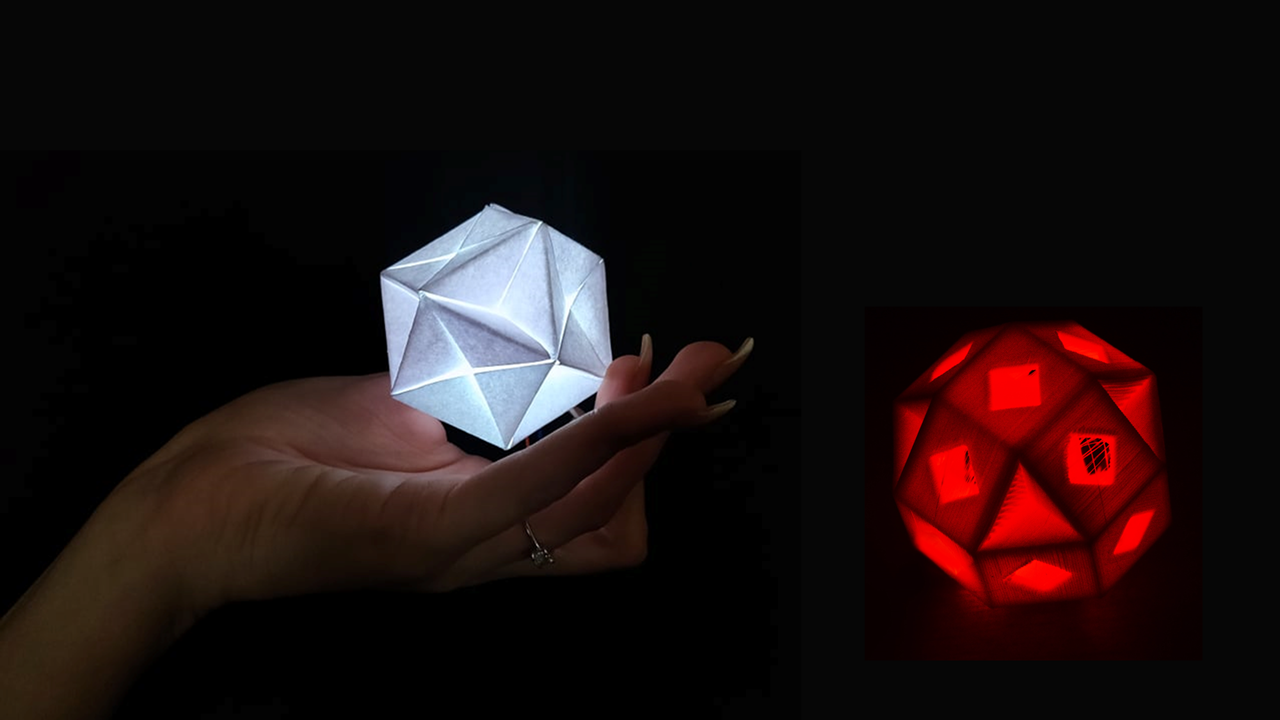
“The parallel between object creation and teaching motivates me to develop new ideas and designs. Personal innovation and professional development that seeks to respond to market factors, as an alternative to expensive medical equipment,” said Noémi about the concept for the further development of the Stefan Lengyel Scholarship for Excellence.
In the following three episodes of our series, we will showcase the students’ winning projects from the Architecture, Design and Media Institutes.
Photos: MOME, Paula Fényes, Noémi Tendli
MOME—Moholy-Nagy University of Art and Design | Web | Facebook | Instagram
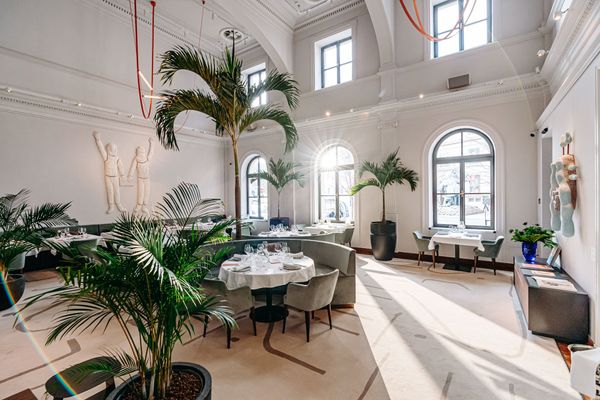
FELIX Budapest welcomes spring with the most promising Hungarian contemporary artists and a new chef
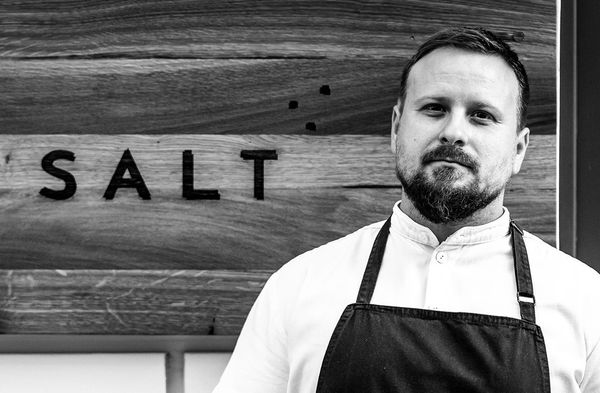
Essence of Hungary | Hungarian fine dining could not exist without Hungarian traditions
